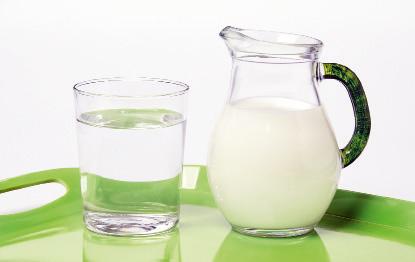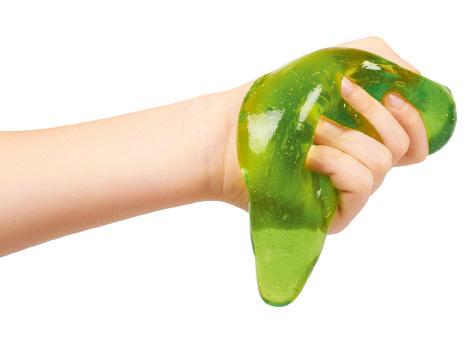
1 minute read
Practical work
Writing the measurement
Surely you will have noted that the values obtained from a measurement depend on the instrument you use and that even with the same instrument, you may obtain different values. We accept that all measurements have errors or uncertainty
There are methods for finding the error of a measurement, but always recall that the measurement error will be at least equal to the sensibility of the instrument
Once we know the error, we write the measurement as:
Measurement errors
Objective
The goal of this exercise is to learn that whenever you make a measurement, you will make errors that you must report, together with the measurement itself.
Your proposal
Is there a way of checking that all measurements include errors? If so, explain how you would do it.
Our proposal
The measurement of a quantity is influenced, among other things, by the properties of the instrument used and how it is used. We will check it with some measurements of two fundamental quantities: length and time.
What you will need
• Ruler
• Measuring tape
• Stopwatch
• Mobile phone
Guidelines
Measuring length
• Measure the width and height of a mobile phone, first with a ruler and then with your measuring tape. Write the results and, next to them, the precision of the instrument used.
This means that the time measured could be between 3.63 s and 3.65 s, giving us a range of possible values instead of one specific value. That said, if you had to use this time to do a calculation, you would use the value 3.64 s.
• If the end of the mobile is between two tick marks on the scale, take the lesser value (we always do this for graduated scales).
Measuring time
• Let an object fall from 1 metre high (use the measuring tape to measure the height) and measure the time it takes to fall to the ground. First, use the laboratory stopwatch, and then, use the stopwatch application on the mobile phone.
• Take two measurements with each stopwatch, write down the results, and write down the precision of each stopwatch next to them.
Once you have the data, review the following information and do the proposed activities.
Draw conclusions…
1 Did you get the same width and height measurements for the mobile with the ruler and the measuring tape? What about the falling time with the two stopwatches? If there was a difference, calculate it for each case.
2 For which quantity, length or time are the differences greatest? Explain why you think that is.
3 Write the measurements and their related uncertainties and check whether for each quantity the values fall within the same range.
4 Search for information about ‘random and systematic errors’ and summarise it in a few lines, giving examples.









